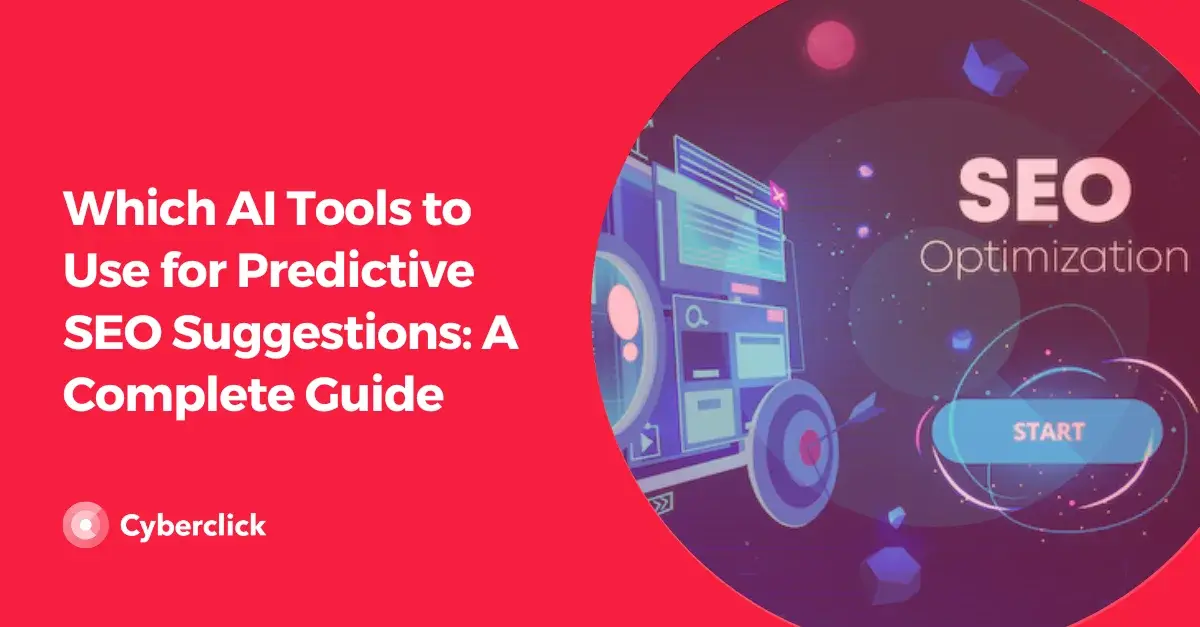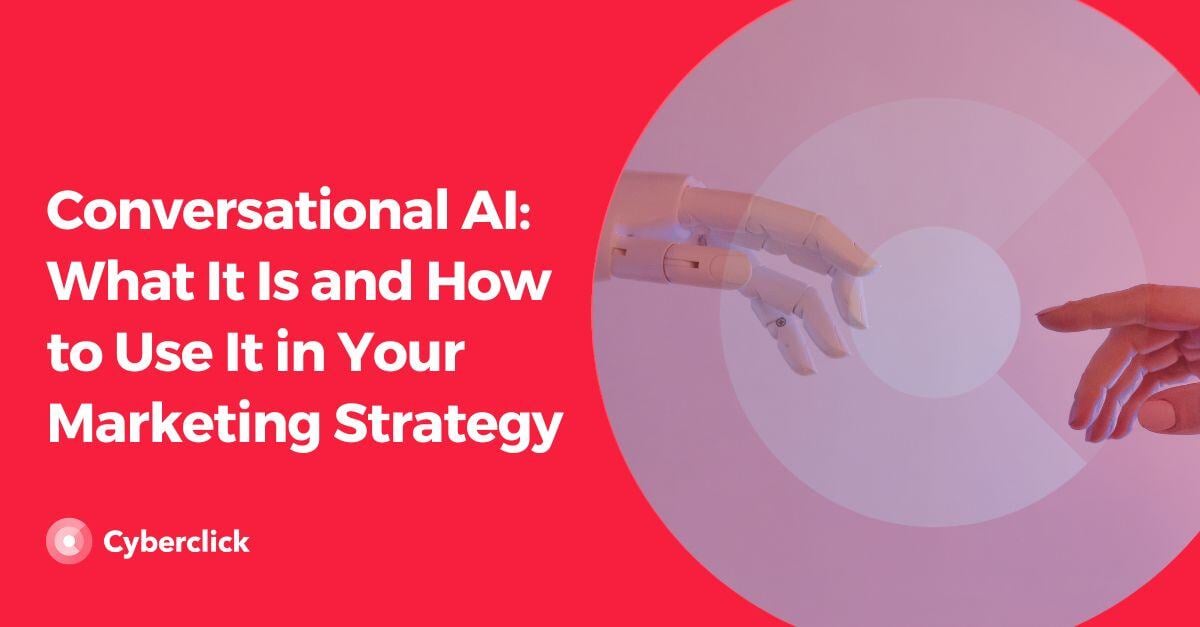Generative AI is a type of artificial intelligence capable of creating new, original content based on the data it has been trained on. It can generate and process information in various formats, such as text, images, video, and audio.
On the other hand, predictive AI is designed to analyze historical data and detect patterns to make future predictions, a useful feature for marketers.
Beyond these basic definitions, generative AI and predictive AI differ in several ways, including their goals and uses. In this article, we’ll examine the key differences between these two types of AI to help you determine when to use each one.

Key Differences Between Generative AI and Predictive AI
Objective
The primary goal of generative AI is to create original, new content in one or multiple formats (depending on the model). By training on vast amounts of data, it learns patterns and uses them to generate new, previously unseen combinations, fostering creativity and innovation.
In contrast, predictive AI does not focus on originality. Instead, it analyzes large datasets to identify patterns and trends, which it uses to anticipate or predict future behaviors. It is not designed to generate new content, but rather to provide actionable insights.
Types of Data Used
Generative AI requires diverse, high-quality data to learn a wide variety of possible combinations within a specific subject area. This diversity enables it to produce more realistic and original content.
In contrast, the data for predictive AI must be precise and relevant. Accuracy is key to making reliable predictions, as the quality of the input data directly impacts the quality of the forecasts.
Limitations and Challenges
-
Generative AI faces challenges such as generating biased or inaccurate content. If the training data contains subjective opinions or inaccuracies, the AI may produce content that is not objective or factual.
-
Predictive AI struggles with unexpected trends or abrupt changes. If sudden, unprecedented shifts occur that were not reflected in the analyzed data, the predictions may fail to account for them.
Applications of Generative AI and Predictive AI
While generative AI is used primarily in creative fields, predictive AI is more suited to analytical sectors. Both, however, have numerous applications across various industries.
Applications of Generative AI
-
Creative Professions: Writers, marketers, artists, designers, and musicians can use generative AI as a powerful tool for inspiration. It can provide new ideas, optimize existing content, and significantly facilitate the creative process.
-
Education: For teachers, generative AI can help design lesson plans and organize time more efficiently. For students, it can clarify complex concepts, assist with study schedules, and even act as a tutor by providing simplified explanations on specific subjects.
-
Healthcare: Generative AI has proven to be invaluable in medicine. It can improve medical imaging, generate detailed reports, boost diagnostic accuracy, and assist in treatment planning.
Applications of Predictive AI
-
Retail and Logistics: Predictive AI can anticipate product demand, helping companies adjust stock levels and optimize distribution routes.
-
Healthcare: By analyzing patient data, predictive AI can identify patterns and foresee potential future illnesses or complications. This enables early intervention and advances preventative, personalized medicine.
-
Business and Marketing: Predictive AI analyzes customer behavior to predict future needs, allowing businesses to personalize user experiences and optimize decision-making processes.
AI Engineer & Data Scientist en Cyberclick, especialista en Computational Maths and Data Analytics. Graduado en Matemática Computacional y Analítica de Datos por la Universidad Autónoma de Barcelona (UAB), su experiencia se centra en el desarrollo de soluciones avanzadas basadas en inteligencia artificial para transformar datos en estrategias de alto impacto.
AI Engineer & Data Scientist at Cyberclick, specialising in Computational Maths and Data Analytics. A graduate in Computational Mathematics and Data Analytics from the Autonomous University of Barcelona (UAB), he focuses on developing cutting-edge solutions driven by artificial intelligence to transform data into high-impact strategies.






Leave your comment and join the conversation